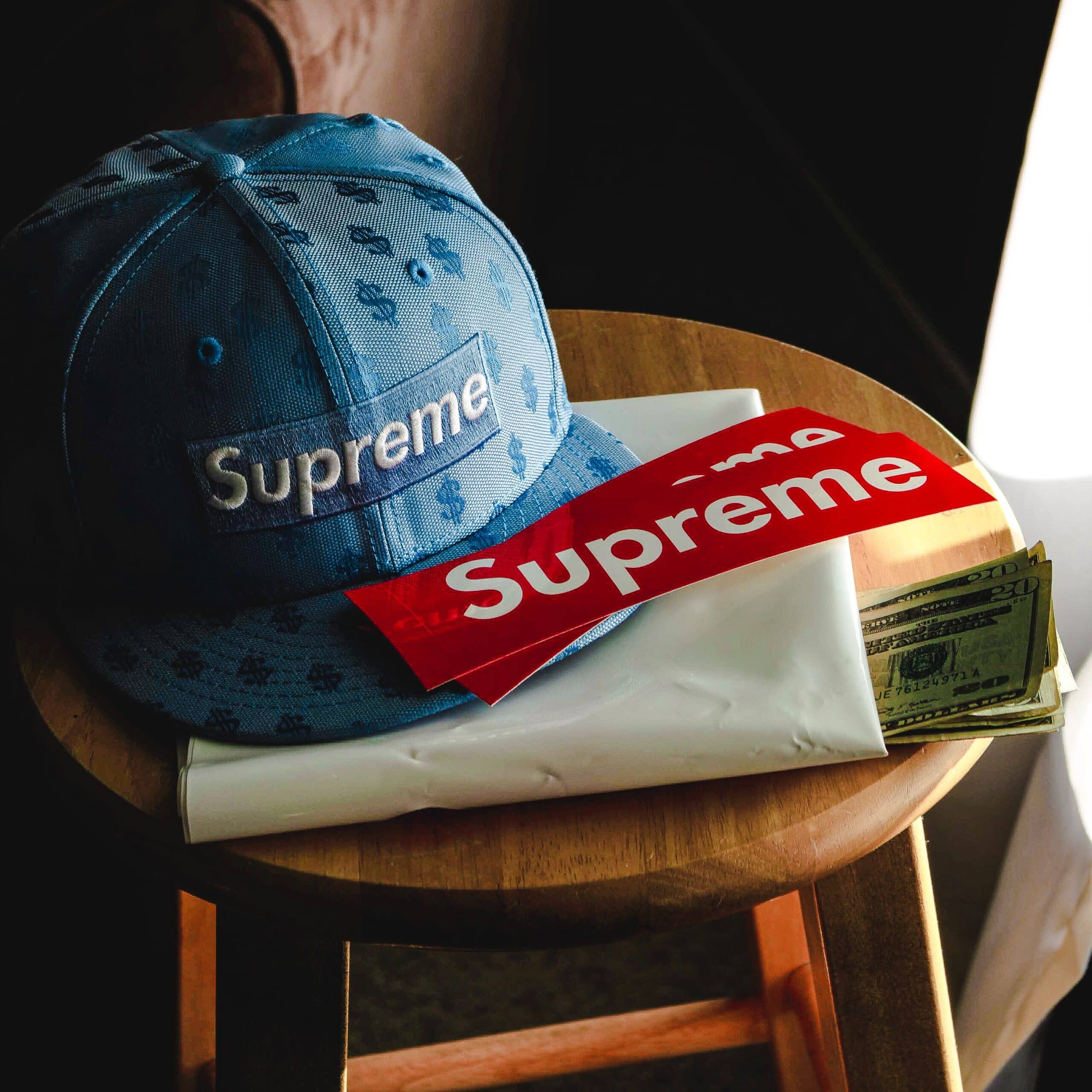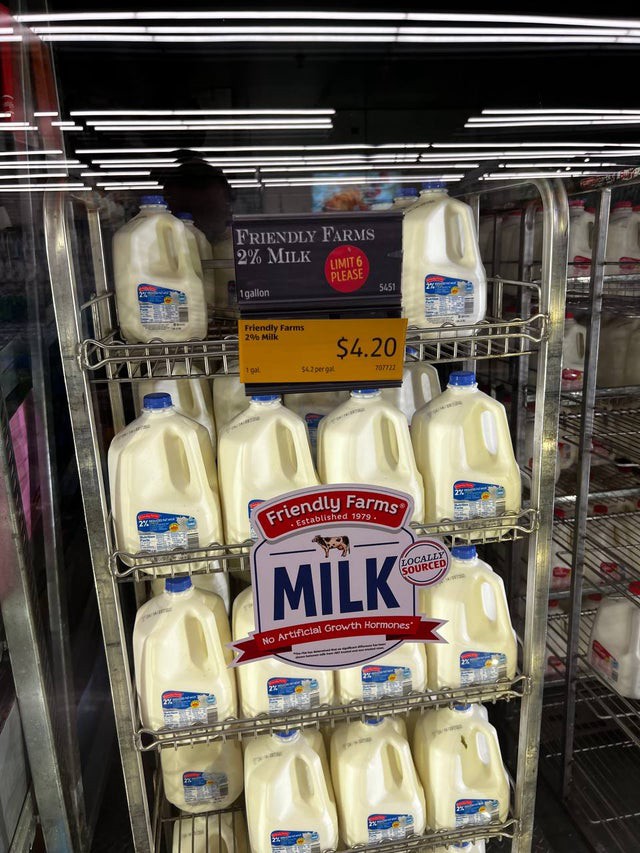Have you ever prepared for a weather (or pandemic-related) emergency by going to the grocery store? Have you noticed the first item to sell out is almost always toilet paper?
Toilet paper is a big, bulky, and universally used item. It’s easy to spot in someone’s basket, which makes buying it almost contagious. Let me explain…
Let’s say you walk into a grocery store and you start seeing people with carts piled to the top with toilet paper. Suddenly, other people in the store notice them, then look at the dwindling supplies on shelves and think to themselves, “I wasn’t planning on buying toilet paper, but if there isn’t enough I should make sure I grab some right now.”
Pretty soon, there are fistfights in the aisles over the last package of Charmin.
Why is that? Well, it’s down to an economic and psychological principle called Scarcity.
What is Scarcity?
This principle says that humans place a higher value on items that are hard to get our hands on — scarcity drives desire, a sense of urgency, and a fear of missing out.
Professor Robert Cialdini described scarcity this way:
“When our freedom to have something is limited, the item becomes less available, and we experience an increased desire for it.
However, we rarely recognize that psychological reactance has caused us to want the item more; all we know is that we want it.”
Real-World Examples of Scarcity
1. Supreme: Limited Stock
There are entire brands built on the power of Scarcity. Supreme, for example, relies on what’s called a “drop” business model. It means they don’t hold regular inventory all the time.

Source: Riley Franzke on Pexels
2. Booking.com: “Only a few left”
This travel reservations site uses the scarcity tactic of “only a few left.” Booking counts down the number of hotel rooms available at a certain price, to drive a feeling of urgency and a fear of missing out on a deal.

This tactic is used in many travel and event brands like airlines, hotels, and ticketing to get customers to commit to a purchase.
🚀 Learn what makes buyers tick
Join 8k+ of world's best marketers from brands like Disney, Coca-Cola, Google who are learning marketing psychology in <5 mins a week.
3. Aldi: Limited sales quantities
The discount grocery store Aldi uses milk as what is called a “loss leader” in its stores. That means Aldi doesn’t make any money on milk, but instead loses money in exchange for driving customers into the store.
They know that almost everyone needs milk, and if they make theirs the cheapest in town they can get more people to shop in Aldi.
But how do they use scarcity?
Notice in the image below the red sticker that reads “Limit 6 Please.”

This sign gets people thinking about scarcity. They think, “Why is it limited? I only needed one gallon of milk but I wonder if that means Aldi is running low? I’d better get two just in case.”
In reality, there are likely lots of reasons for Aldi to limit their milk sales. But the effect of putting up the sign triggers peoples’ susceptibility to scarcity — whether that’s a conscious act on Aldi’s part, or not.
Don’t Make These Mistakes When Applying Scarcity
Scarcity is powerful, but it does come with a few downsides to be aware of:
- Potential for fraud: If you don’t offer a lot of products for sale, other people might step in to create knock-offs, dupes, and even fake products to meet the real demand that you’ve generated.
- False scarcity can backfire: The power of scarcity leads some to abuse it — using fake numbers about how many products you’ve produced or how many items are left in a sale is not ethical. It’s also not legal in many places to use false scarcity as a sales tool.
- If you’re a marketer selling a product using scarcity, there are fewer products to sell. That might sound obvious, but if you make products more scarce, you might end up making less money. The upside is you will probably also generate more demand, but depending on the price of your product, your margins and costs, using scarcity tactics might not make good financial sense.
